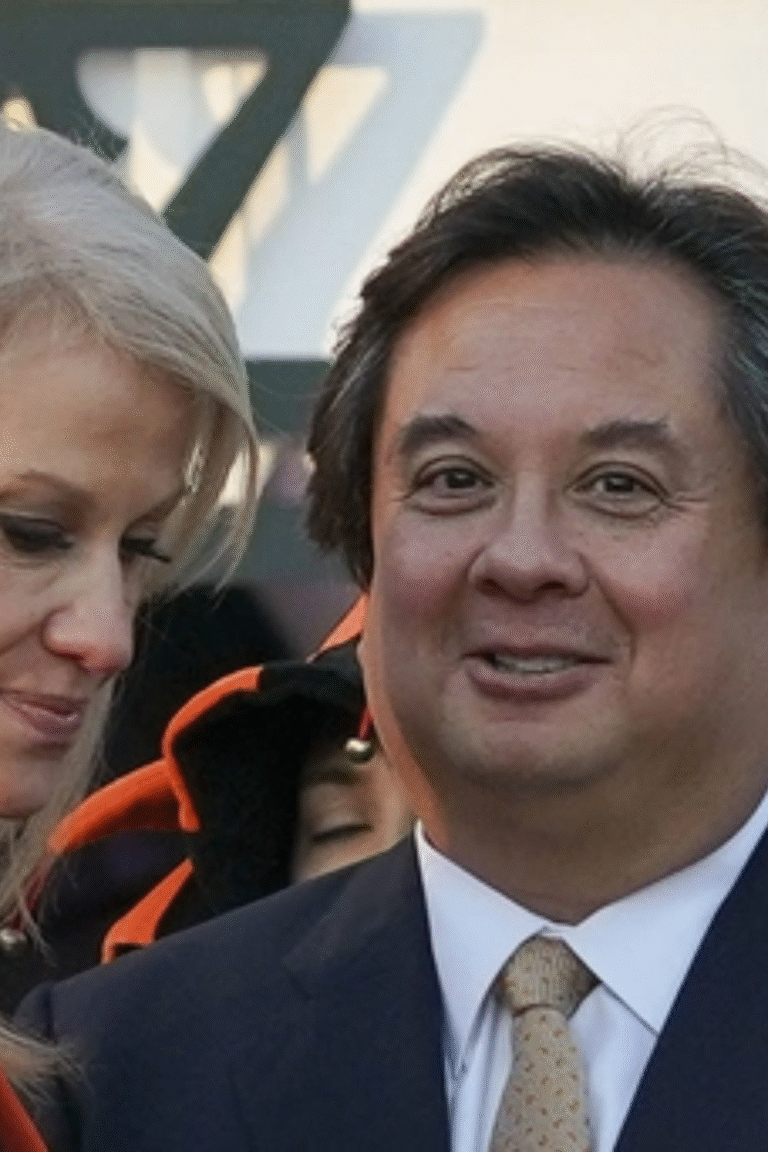Coco Star Age , Career, Family, Net Worth, Height Bio 2025.

Who Is Coco Star
Coco Star, whose real name is Susan Brice, is a British singer and songwriter best known for her iconic dance anthem “Toca’s Miracle.” She rose to fame in the early 2000s and became a key figure in bridging soulful gospel-style vocals with electronic dance and UK garage music. Her voice defined an era of club music and continues to influence new artists in the dance scene.
Real Name
Susan Brice
Bio / Wiki
| Attribute | Detail |
|---|---|
| Stage Name | Coco Star |
| Full Name | Susan Brice |
| Date of Birth | March 16, 1971 |
| Birth Place | Welwyn Garden City, Hertfordshire, England |
| Profession | Singer, Songwriter, Performer |
| Genres | Gospel, UK Garage, Drum and Bass, Electronic Dance Music |
| Famous For | Vocals on Toca’s Miracle (2000) |
| Years Active | 1992 – Present |
Age, Height and Weight
-
Age: 54 years (2025)
-
Height: Approx. 5′6″ (168 cm)
-
Weight: Approx. 55–60 kg
Next Steps and Goals
-
Release remastered and remix versions of her classic tracks.
-
Collaborate with modern DJs and producers in the EDM scene.
-
Participate in nostalgia and revival club tours.
-
Continue advocating for vocalists’ rights and song credits in the music industry.
Mother, Father, and Sibling
-
Parents: Names not publicly known (both were amateur musicians who inspired her talent).
-
Siblings: Information not publicly available.
Boyfriend / Husband / Girlfriend / Wife
Coco Star (Susan Brice) has kept her personal and romantic life private; no confirmed information about a husband or partner is publicly available.
Popularity and Its Reason
Coco Star became internationally popular for her hit “Toca’s Miracle” (2000), a mash-up of her vocals from “I Need a Miracle” and Fragma’s instrumental “Toca Me.” The track topped UK and European charts, turning her into one of the most recognizable voices in dance music history.
Career
-
Began writing and recording songs at age 12.
-
Signed a development deal with Universal MCA Music Publishing in the mid-1990s.
-
Released “I Need a Miracle” (1996) – the song that sparked her career.
-
“Toca’s Miracle” (2000) became a global hit, reaching #1 on the UK Singles Chart.
-
Collaborated with Artful Dodger and other UK garage artists.
-
Continued to perform at festivals, dance events, and club nights.
-
Re-released updated versions of her music (2022 Version of Toca’s Miracle).
Net Worth of Coco Star
Estimated between $1 million – $2 million (2025), including royalties, live performances, and music rights.
Nationality and Religion
-
Nationality: British
-
Religion: Not publicly disclosed (her music shows gospel influence).
Hobbies
-
Fashion and textile design (holds a BA in Fashion & Textile Design)
-
Songwriting and studio production
-
Performing live at festivals and clubs
-
Visual arts and creative expression
Read More
You can find Coco Star on:
-
Instagram: @cocostar_official
-
Spotify / Apple Music: Search Coco Star or Susan Brice
-
YouTube: Performances and remixes of Toca’s Miracle and I Need a Miracle
Interesting Facts
-
Trained with the same vocal coach as Whitney Houston.
-
Blended gospel roots with electronic dance beats.
-
Helped shape the female vocal presence in EDM and UK garage.
-
Continues to inspire modern vocalists with her soulful tone and emotive delivery.
Conclusion
Coco Star is a symbol of determination and creativity. Her journey from a gospel-inspired teenager to a global dance music icon shows the power of authentic talent. Even decades after Toca’s Miracle, her voice continues to resonate in clubs and on radio worldwide, proving that soulful music transcends time and technology.
FAQs About Coco Star
Who is Coco Star?
Answer: British singer Susan Brice, famous for Toca’s Miracle (2000).
What is her most popular song?
Answer: Toca’s Miracle (2000) – a mix of her song “I Need a Miracle” and Fragma’s “Toca Me.”
When did she start singing?
Answer: She began writing and singing original songs at age 12.
Which genres does she perform in?
Answer: Gospel, UK Garage, Drum and Bass, and Electronic Dance Music.
Where can I listen to her music?
Answer: On Spotify, YouTube, and Apple Music by searching Coco Star or Susan Brice.







